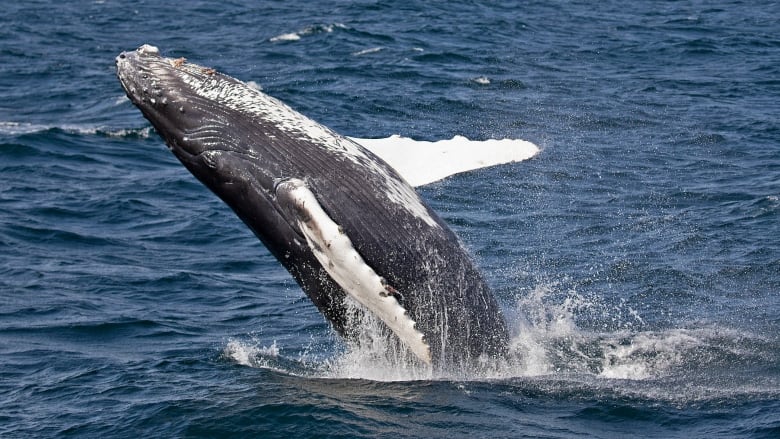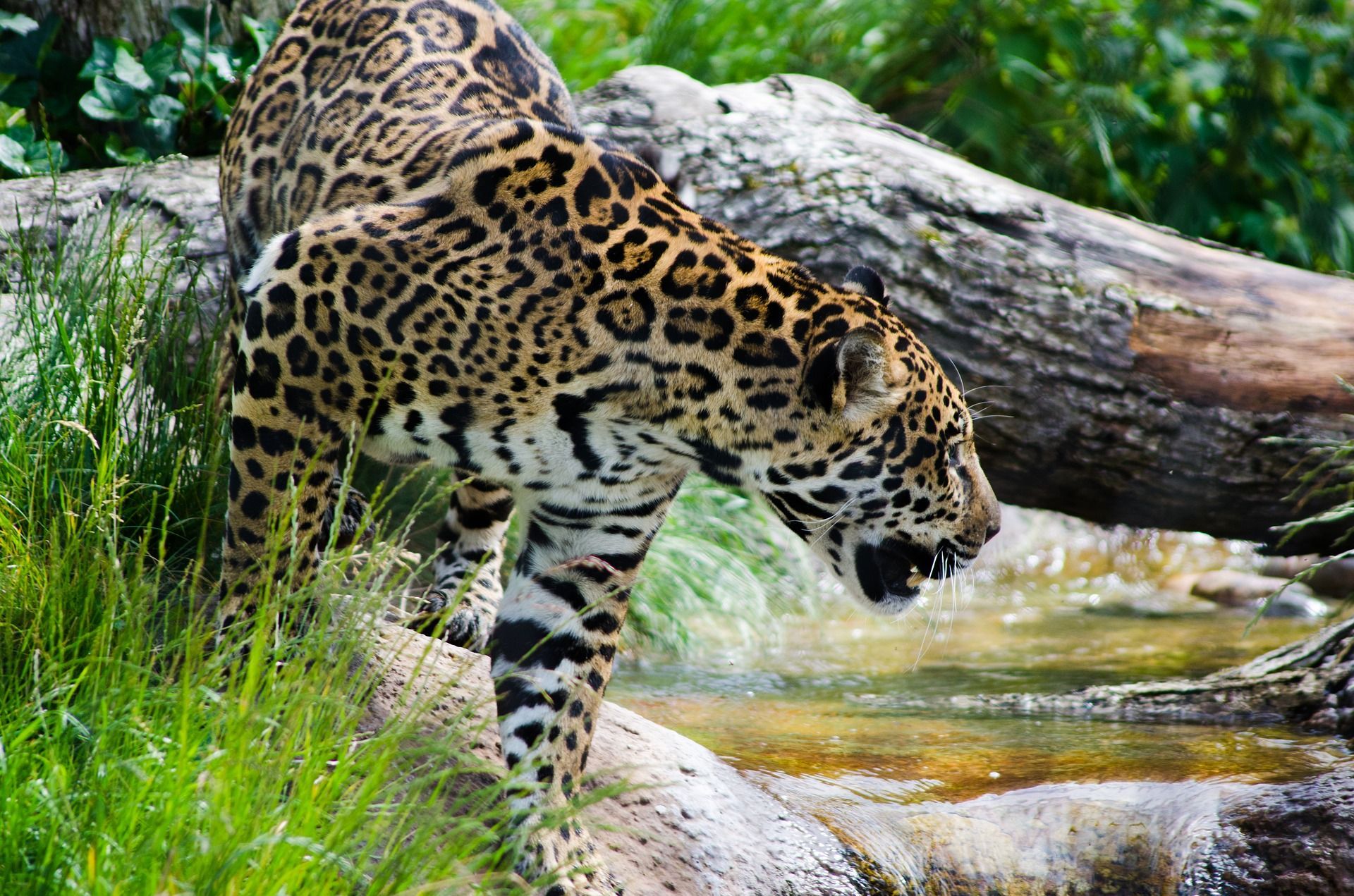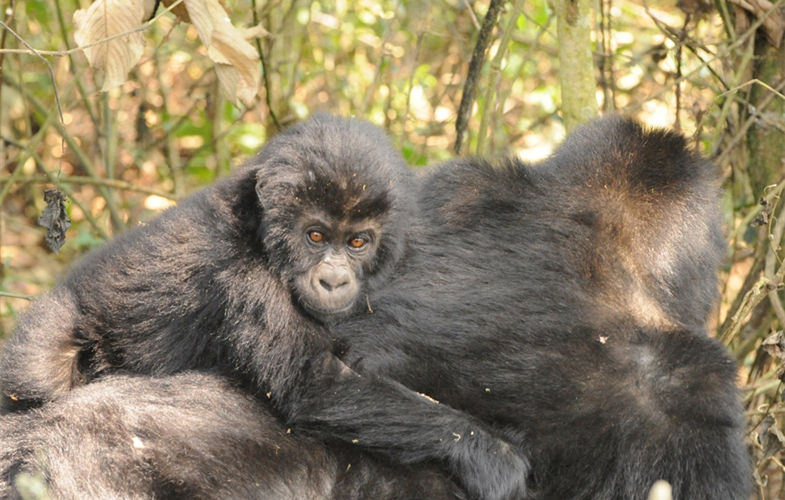
🦒 Giraffe population numbers are growing
According to the latest research, population numbers have been increasing for all species of giraffes during recent years. Even though the numbers are still small, conservationists are optimistic about the future of the species.
Share this story!
New research shows that the future is more optimistic for the giraffes than previously though. The latest estimate is based on numbers collected from all over Africa, and they show that there are more than 117 000 animals out there, according to the Giraffe Conservation Foundation. This is an increase of almost 20% since 2015.
“We are seeing a slow turning of the tide. Giraffes have lost almost 90% of their habitat in the last 300 years and their numbers have dropped by about 30% in three decades, but we are now reporting an increase of almost 20% in the last 5-6 years,” Stephanie Fennessy, director of the Giraffe Conservation Foundation, tells Treehugger.
“So numbers are not huge, but we are seeing positive trends for all four species of giraffe,” she says. “This is due to strong conservation partnerships, more awareness for giraffes, concerted efforts of African government to protect them better (and count them better) and we believe that the Giraffe Conservation Foundation has significantly contributed to this positive development.”
There are four different defined species of giraffes and several subspecies. Three of these have increased from 2015 to 2020. Unfortunately, one of them, the Southern giraffe, decreased in numbers. Some of the primary threats for the giraffes are civil unrest, poaching, habitat loss, and ecological changes.
Northern giraffe (Giraffa camelopardalis): 5,919 (increased by 24%)
Masai giraffe (Giraffa tippelskirchi): 45,402 (increased by 44%)
Reticulated giraffe (Giraffa reticulata): 15,985 (increased by 85%)
Southern giraffe (Giraffa giraffa): 48,016 (decreased by 7%)
The conservationists are optimistic and hope that the numbers will continue to increase:
“We are hopeful—and would not do this work if we did not believe that the Giraffe Conservation Foundation will continue to make a difference,” Fennessy says. “However, the main threats to giraffe are habitat loss, habitat fragmentation and human population growth. These threats continue, so the positive trend can only continue if dedicated conservation actions continue.”
“Conservation actions such as translocations into areas where giraffe have gone locally extinct are an important conservation measure, solid surveys to determine numbers, anti-poaching in areas where giraffe are under stress are important measures,” Fennessy says.
“Awareness of the plight of giraffe is an important part of this as all conservation actions require funding.”
Research and conservation efforts combined can make a difference in the future of endangered species, and having the most up-to-date information about the size of the populations is an important tool.
The results were published in the journal Reference Module in Earth Systems and Environmental Sciences.



By becoming a premium supporter, you help in the creation and sharing of fact-based optimistic news all over the world.



